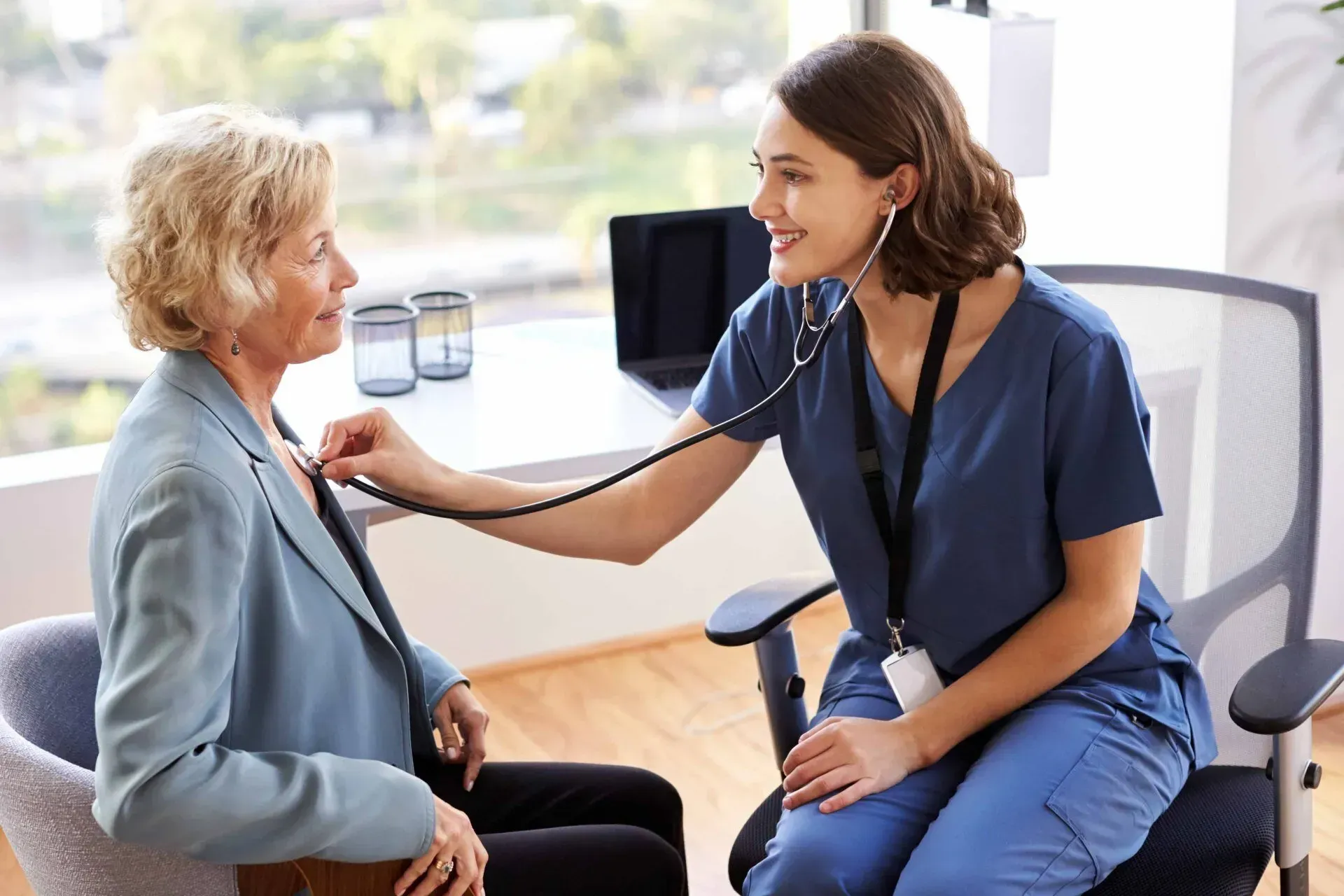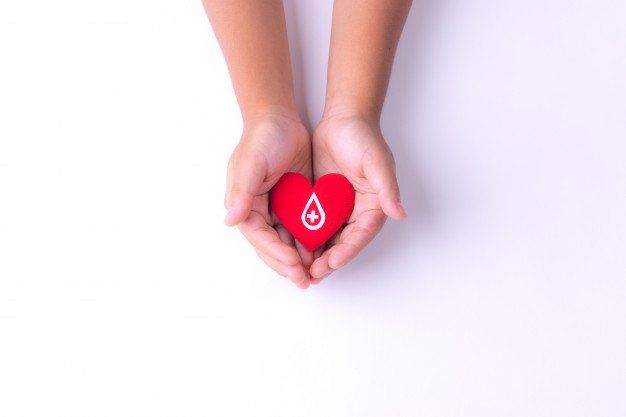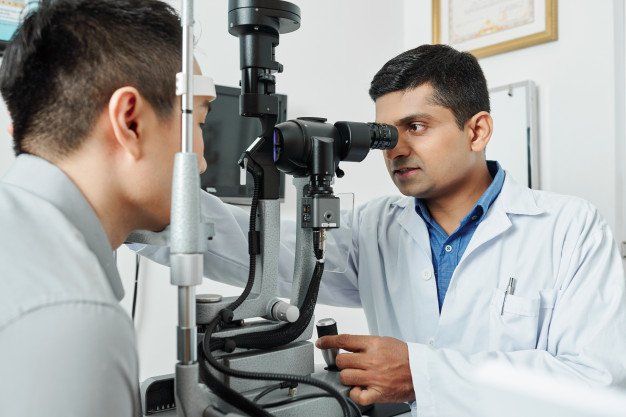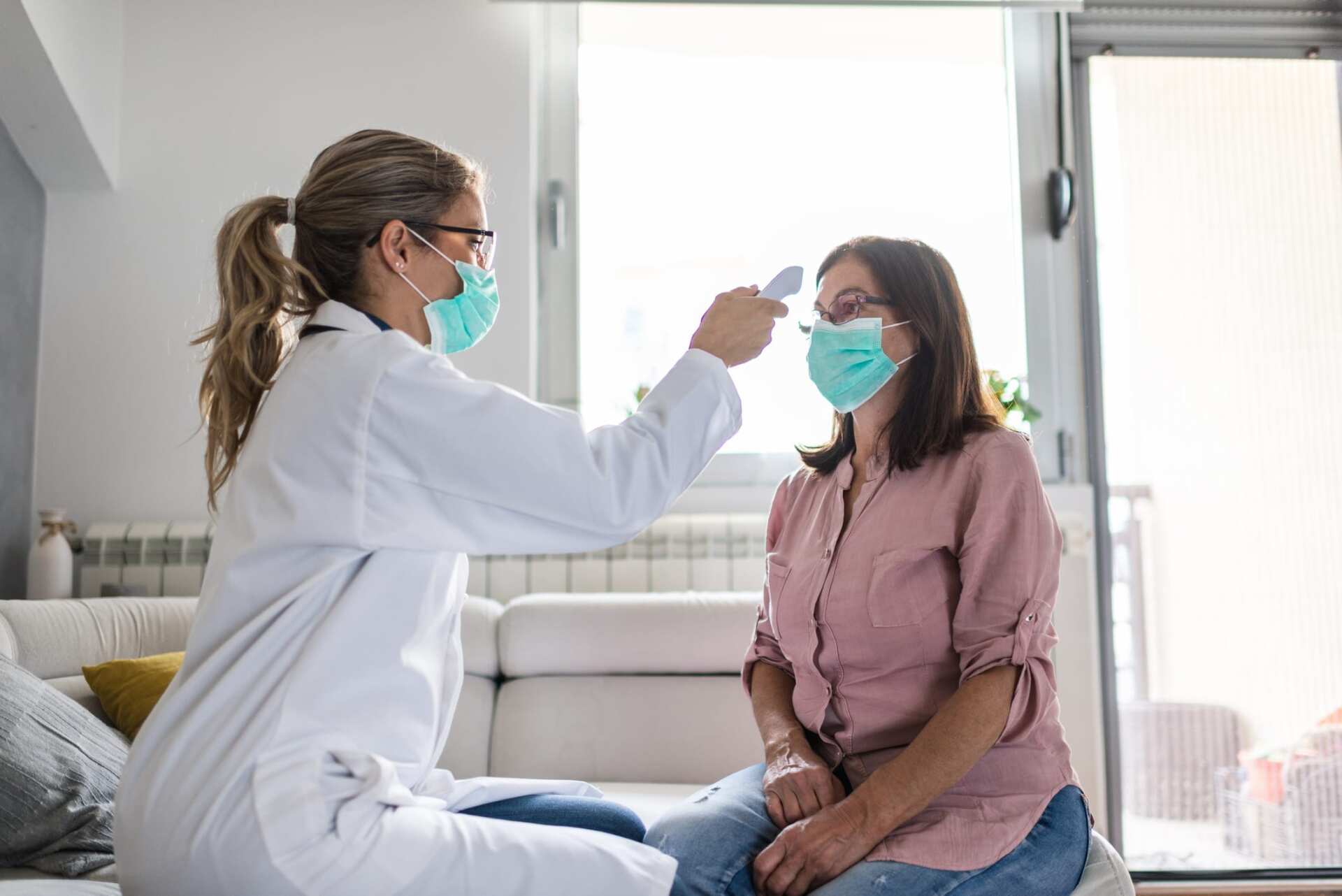Remember, PTSD is Not a Weakness
Remember, PTSD is Not a Weakness
What Is Post Traumatic Stress Disorder?
After a traumatic experience, it is normal to feel frightened, sad, anxious, or disconnected. But if doesn’t go away, you may be suffering from post-traumatic stress disorder (PTSD). PTSD can develop following almost any event.
American Psychiatric Association defines, Posttraumatic stress disorder (PTSD) as a psychiatric disorder that can occur in people who have experienced or witnessed a traumatic event such as a natural disaster, a serious accident, a terrorist act, war/combat, rape or other violent personal assault. 1
PTSD has been known by many names in the past, such as “shell shock” during the years of World War I and “combat fatigue” after World War II. But PTSD does not just happen to combat veterans. PTSD can happen to anyone, any nationality or culture, or any age. PTSD affects approximately 3.5 percent of adults in the United States, and an estimated one in 11 people will be diagnosed with PTSD in their lifetime.
What are the symptoms?
Symptoms of PTSD fall into four different categories. Specific symptoms can vary in severity.
- Intrusive thoughts such as repeated, involuntary memories; distressing dreams; or flashbacks of the traumatic event. Flashbacks may be so vivid that people feel they are re-living the traumatic experience or seeing it before their eyes.
- Avoiding reminders of the traumatic event may include avoiding people, places, activities, objects and situations that bring on distressing memories. People may try to avoid remembering or thinking about the traumatic event. They may resist talking about what happened or how they feel about it.
- Negative thoughts and feelings may include ongoing and distorted beliefs about oneself or others, ongoing fear, horror, anger, guilt or shame, much less interest in activities previously enjoyed, or feeling detached or estranged from others.
- Arousal and reactive symptoms may include being irritable and having angry outbursts; behaving recklessly or in a self-destructive way, being easily startled, or having problems concentrating or sleeping. 2
In children, the symptoms of PTSD can differ from those of adults and may include:
- Fear of being separated from their parent
- Losing previously acquired skills (such as toilet training)
- Sleep problems and nightmares
- Somber, compulsive play in which themes or aspects of the trauma are repeated
- New phobias and anxieties that seem unrelated to the trauma (such as fear of monsters)
- Acting out the trauma through play, stories, or drawings
- Aches and pains with no apparent cause
- Irritability and aggression
Why do some people develop PTSD and other people do not?
It is important to remember that not everyone who lives through a dangerous event develops PTSD. Many factors play a part in whether a person will develop PTSD. Some examples are listed below:
- Living through dangerous events and traumas
- Getting hurt
- Seeing another person hurt, or seeing a dead body
- Childhood trauma
- Feeling horror, helplessness, or extreme fear
- Having little or no social support after the event
- Dealing with extra stress after the event, such as loss of a loved one, pain and injury, or loss of a job or home
- Having a history of mental illness or substance abuse
Some factors that may promote recovery after trauma include:
- Seeking out support from other people, such as friends and family
- Finding a support group after a traumatic event
- Learning to feel good about one’s own actions in the face of danger
- Having a positive coping strategy, or a way of getting through the bad event and learning from it
- Being able to act and respond effectively despite feeling fear
Treatments
The main treatments for people with PTSD are medications. Everyone is different, and PTSD affects people differently, so a treatment that works for one person may not work for another. It is important for anyone with PTSD to be treated by a mental health provider who is experienced with PTSD. Some people with PTSD may need to try different treatments to find what works for their symptoms. 3
Why should you seek help for PTSD ?
Early treatment is better. Symptoms of PTSD may get worse. Dealing with them now might help stop them from getting worse in the future. Finding out more about what treatments work, where to look for help, and what kind of questions to ask can make it easier to get help and lead to better outcomes.
PTSD symptoms can change family life. PTSD symptoms can get in the way of your family life. You may find that you pull away from loved ones, are not able to get along with people, or that you are angry or even violent. Getting help for your PTSD can help improve your family life. 4
Need Help? Check out these services.
National Center for PTSD – Leading research and educational center on PTSD and traumatic stress. Includes resources and treatment info. (U.S. Department of Veterans Affairs)
Post-Traumatic Stress Disorder – Causes, risk factors, and treatments. (National Institute of Mental Health)
Self-Help and Coping – Articles on coping with PTSD in healthy ways. (National Center for PTSD)
Find treatment and support for PTSD
In the U.S.: Call the NAMI helpline at 1-800-950-NAMI to find a support group near you or search for Trauma Treatment Programs (PDF).
Sources:
- https://www.helpguide.org/articles/ptsd-trauma/ptsd-symptoms-self-help-treatment.htm
- https://www.psychiatry.org/patients-families/ptsd/what-is-ptsd
- https://adaa.org/understanding-anxiety/posttraumatic-stress-disorder-ptsd/symptoms
- https://www.nimh.nih.gov/health/topics/post-traumatic-stress-disorder-ptsd/index.shtml



















